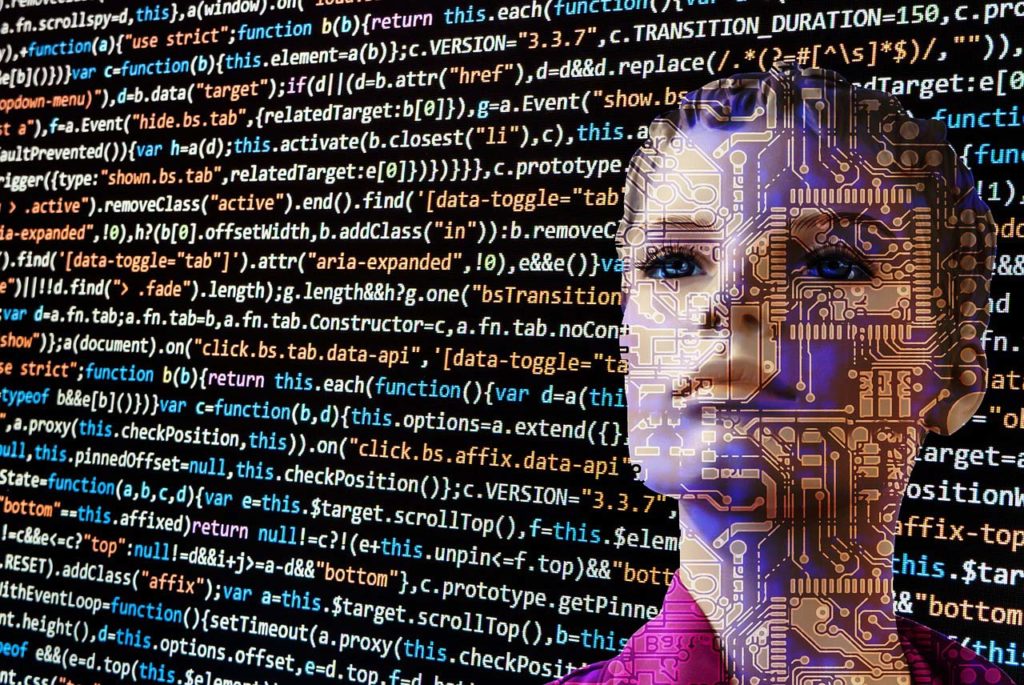How Artificial Intelligence is Shaping the Online Gaming Industry
The gaming industry has never been one to shy away from technological advances. As early as 1949, it was already pondering the use of artificial intelligence (AI), with mathematician and cryptographer Claude Shannon toying with the idea of a chess game that would pit human brain against computer.
Today, the gaming industry uses all the available technology it can, and has long enjoyed a symbiotic relationship with AI. Functioning as a testing ground for simulations and constructed environments, the gaming sphere has played a notable part in developing the virtual experience.
With AI offering a wealth of opportunities for savvy industries, we take a look at how it’s continuing to shape the gaming sector.

Forward Thinking and Innovative
If there is one industry that has always embraced the possibilities that emergent technologies offer, it is the entertainment sector. The gambling industry, in particular, has been at the forefront of this. One only has to take a look at an online review site to see this in evidence, with the providers listed promising an array of high-tech features. Many sites such as Bitstarz, which accepts cryptocurrency, also provide both live casino options, for example.
With this in mind, it’s no surprise that a trend as groundbreaking as AI has also been seized upon, and one of the most important ways in which this tech is being used is data collection. In 2017, the big data market was worth an estimated $35 billion, a figure which is expected to triple over the course of the next decade. Gaming companies have invested heavily in the sector, with the information gathered typically used to help improve the player’s experience.
One obvious means of streamlining this data processing is through AI. Vastly superior to the human brain in terms of its ability to analyze and predict consumer habits, it can help developers and marketers find out exactly what it is that potential consumers want from them. This is good news for those who play, as the result is a promising one: a vastly improved user experience, better games, and products than ever before, and an increased understanding of the sort of content we want to have access to.
Immersive and Realistic
The limits of artificial intelligence do not stop there. There are many other methods and mediums through which AI is shaping the user experience, but the most pertinent of these is the way it’s improving the realism of games.
With the entire gaming experience dependent on quality, it’s important for developers to get it right, and artificial intelligence is the key. Highly effective in the avoidance of the ‘Uncanny Valley’, for example – the disorienting feeling that can arise when creators get it even slightly wrong – it can fix problems more efficiently and effectively than any human brain could hope to.
Similarly, the technology has been used to great effect with regards to a technique known as pathfinding: essenitally, ensuring that characters, animals, and vehicles move towards their goal in such a way as to achieve a highly realistic result.
Indeed, there are dozens of different AI techniques that are now being applied to game development (GamaSutra has a very enlightening article on this), but the overarching aim for each of them is the same: to offer greater realism in artificial environments and to nurture more authentic interactions between player and game.
Certain titles make particularly good use of this, such as Rocket League, Minecraft, F.E.A.R, and The Last of Us, but most of the time the effect is so subtle and superbly engineered that we don’t even notice it.
With so many advances available to developers, from specific techniques like pathfinding to an increased realism overall, the gaming sector is moving in the most promising of directions, and AI will have a crucial part to play.
Check out our articles on Walmart’s AI lab and the world’s first VR bumper cars.

